Comprehensive Guide to Adhesive Bonding Testing: Ensuring Quality and Reliability
Overview of Adhesive Bonding Testing
Adhesive bonding is a cornerstone of modern manufacturing, playing a critical role in industries ranging from aerospace to consumer electronics. Ensuring the reliability and quality of adhesive bonds is essential to maintaining product safety and performance. **Adhesive bonding testing** helps identify potential weaknesses, improve material formulations, and ensure compliance with industry standards. This article delves into the science and methodologies behind adhesive bonding testing.
Samples for Adhesive Bonding Testing
The choice of testing samples is crucial for accurate results. Samples typically include substrates bonded using the target adhesive under controlled conditions. Common substrates include metals, plastics, composites, and ceramics. It's essential to prepare samples with **consistent surface treatments** (e.g., cleaning, sanding) to minimize variability. Environmental factors such as humidity and temperature during sample preparation can also impact results.
Key Testing Parameters for Adhesive Bonding
Adhesive bonding testing evaluates several critical parameters to ensure performance and durability:
- Shear Strength: Determines the adhesive's ability to withstand forces parallel to the bond line.
- Peel Strength: Assesses resistance to forces applied at an angle to the bonded surface.
- Environmental Resistance: Evaluates performance under conditions such as high humidity, UV exposure, and temperature cycling.
- Fatigue Resistance: Tests the bond's durability under repeated stress over time.
Each parameter provides valuable insights into the adhesive's suitability for specific applications.
Instruments Used in Adhesive Bonding Testing
Advanced testing instruments ensure precise and reliable results. Commonly used equipment includes:
- Universal Testing Machines (UTMs): Measure tensile, compression, and shear forces with high accuracy.
- Environmental Chambers: Simulate conditions like extreme temperatures and humidity to assess adhesive performance.
- Peel Test Fixtures: Specialized tools for measuring peel strength in various configurations.
- Microscopes: Analyze bond interfaces and detect defects such as voids or delamination.
These instruments, combined with standardized protocols, provide a comprehensive evaluation of adhesive performance.
Methods for Adhesive Bonding Testing
Several established methods are used to assess adhesive bonding quality:
- Lap Shear Test: Measures shear strength by pulling bonded substrates in opposite directions.
- Peel Test: Applies a controlled force to separate bonded layers at a specific angle.
- Tensile Test: Evaluates the adhesive's ability to withstand direct pulling forces.
- Environmental Aging: Exposes samples to simulated environmental conditions, followed by mechanical testing to assess degradation.
Following international standards such as ASTM and ISO ensures consistency and comparability of results.
Conclusion
Adhesive bonding testing is a vital step in ensuring the safety, reliability, and performance of bonded assemblies. By understanding the materials, testing parameters, and methodologies involved, manufacturers can optimize their adhesive formulations and application processes. This not only enhances product quality but also builds confidence in end-users, ensuring long-term success in competitive markets.

检测资质(部分)
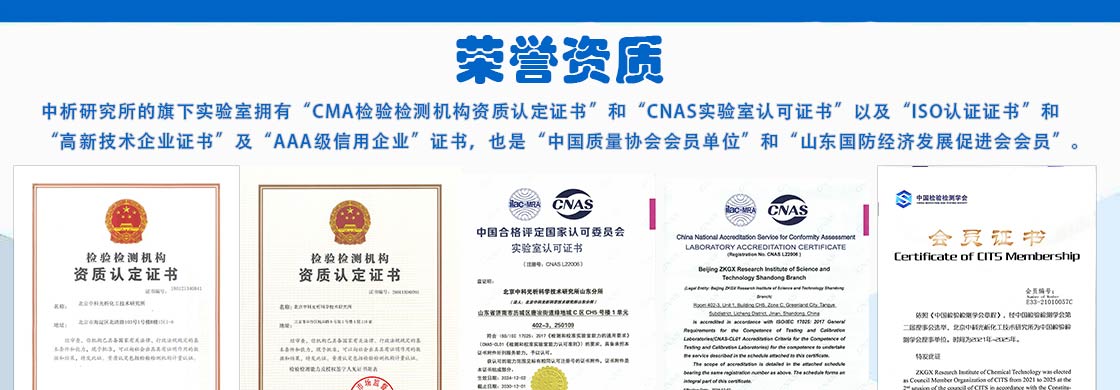
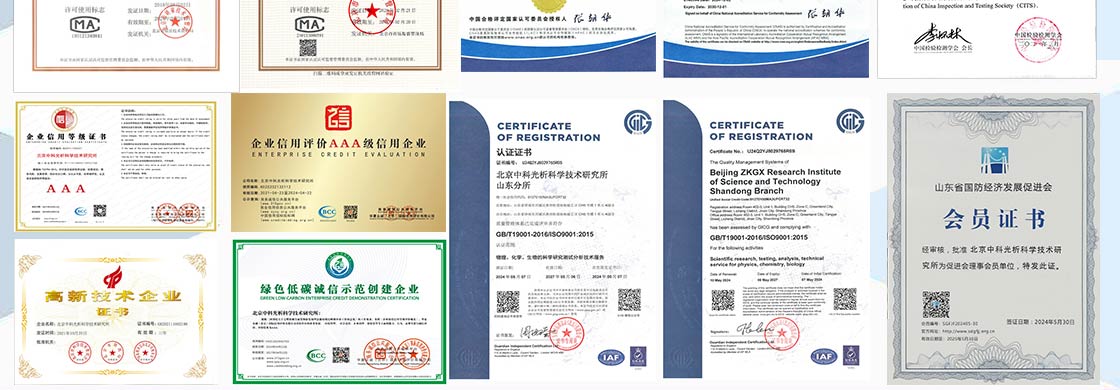

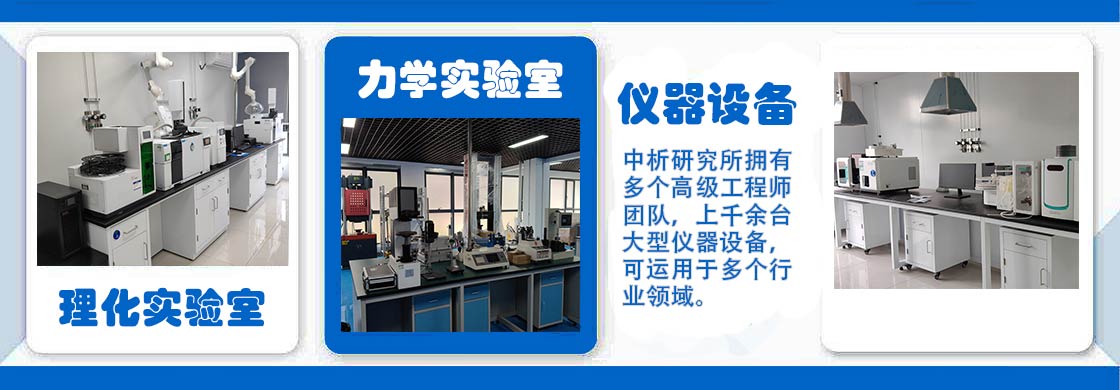
检测实验室(部分)



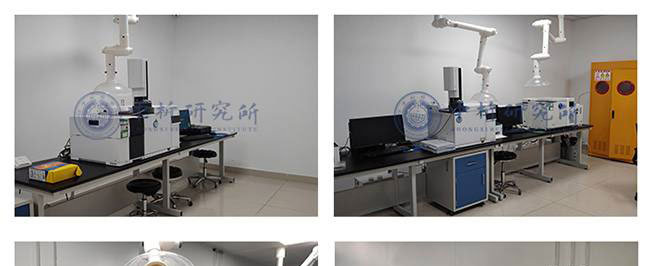
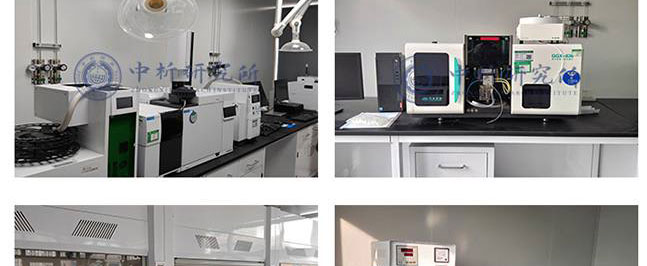
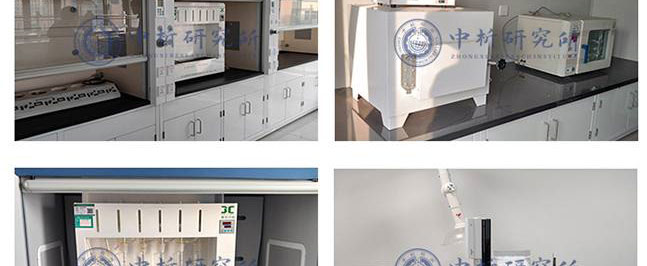
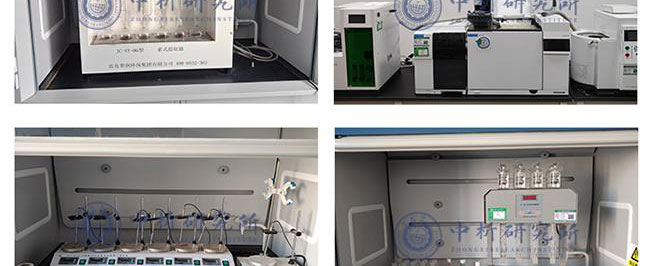
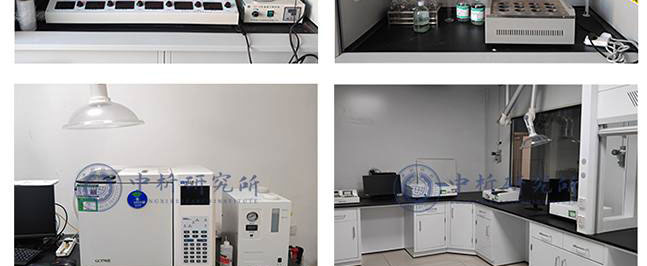
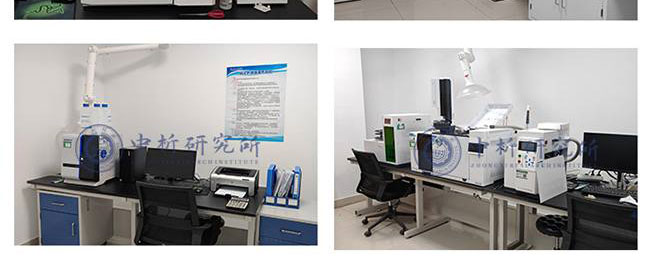
合作客户(部分)





检测报告作用
1、可以帮助生产商识别产品的潜在问题或缺陷,并及时改进生产工艺,保障产品的品质和安全性。
2、可以为生产商提供科学的数据,证明其产品符合国际、国家和地区相关标准和规定,从而增强产品的市场竞争力。
3、可以评估产品的质量和安全性,确保产品能够达到预期效果,同时减少潜在的健康和安全风险。
4、可以帮助生产商构建品牌形象,提高品牌信誉度,并促进产品的销售和市场推广。
5、可以确定性能和特性以及元素,例如力学性能、化学性质、物理性能、热学性能等,从而为产品设计、制造和使用提供参考。
6、可以评估产品是否含有有毒有害成分,以及是否符合环保要求,从而保障产品的安全性。
检测流程
1、中析研究所接受客户委托,为客户提供检测服务
2、客户可选择寄送样品或由我们的工程师进行采样,以确保样品的准确性和可靠性。
3、我们的工程师会对样品进行初步评估,并提供报价,以便客户了解检测成本。
4、双方将就检测项目进行详细沟通,并签署保密协议,以保证客户信息的保密性。在此基础上,我们将进行测试试验.
5、在检测过程中,我们将与客户进行密切沟通,以便随时调整测试方案,确保测试进度。
6、试验测试通常在7-15个工作日内完成,具体时间根据样品的类型和数量而定。
7、出具检测样品报告,以便客户了解测试结果和检测数据,为客户提供有力的支持和帮助。
以上为Comprehensive Guide to Adhesive Bonding Testing: Ensuring Quality and Reliability的检测内容,如需更多内容以及服务请联系在线工程师。





